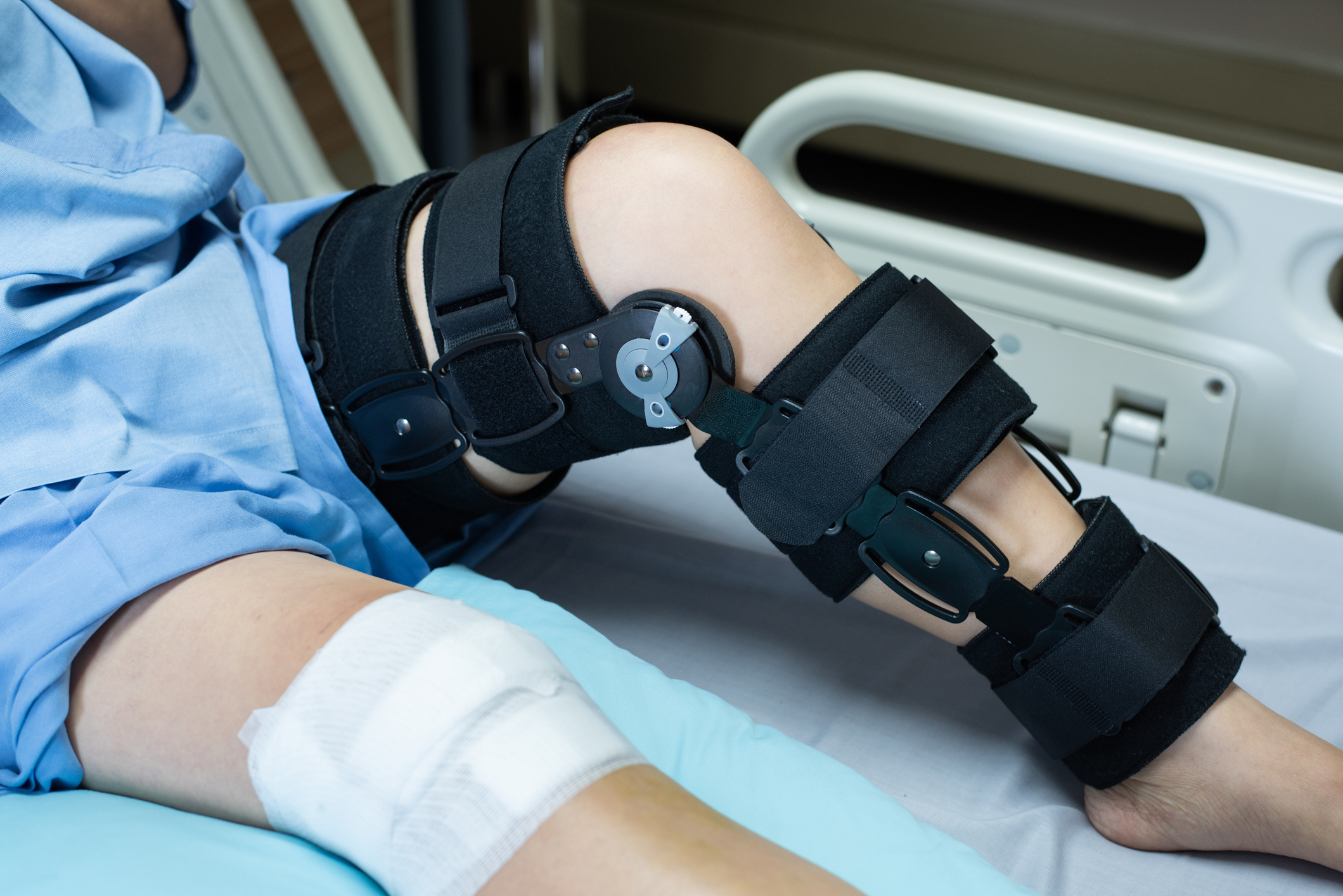Imagine spraining your ankle while playing your favorite sport. The pain kicks in, and all you want is relief. This is where orthopedic support braces come to the rescue. These incredible devices are designed to help your body recover, offering not just physical support but peace of mind during recovery. Whether you’re dealing with a sprained wrist, a knee injury, or recovering from surgery, orthopedic braces can make a world of difference.
In this blog post, we’ll explore the top 5 benefits of using orthopedic support braces for injury recovery, diving into real-life examples and practical insights. By the end, you’ll understand why so many rely on braces to aid their healing process.
1. Stability and Protection
The primary function of any orthopedic support brace is to stabilize the injured area. When recovering from an injury, your body needs to be protected from further harm, and that’s where braces shine.
Example:
Imagine John, a recreational runner, who recently tore a ligament in his knee. His doctor recommended a knee brace to provide stability during recovery. Thanks to the brace, John was able to maintain an active lifestyle while avoiding additional strain on his knee. Without the brace, he could have risked worsening the injury.
By providing firm support, orthopedic braces help limit excessive movement, allowing the injured tissue to heal without unnecessary stress. Whether you’re walking, running, or just going about your day, braces act as your body’s safety net.
2. Pain Relief
One of the most immediate benefits people notice when wearing an orthopedic brace is pain relief. The brace works by redistributing pressure and relieving strain from the affected area, reducing discomfort almost instantly.
Example:
Sarah, a frequent typist who suffers from carpal tunnel syndrome, noticed that wearing a wrist brace dramatically reduced her pain while working. This simple change not only brought her relief but also prevented further strain on her wrist.
Orthopedic braces are like a gentle reminder to your body to avoid painful movements, offering both physical relief and emotional comfort.
3. Improved Mobility
Contrary to popular belief, orthopedic braces don’t restrict your movement entirely. Instead, they offer controlled mobility, allowing you to stay active without risking further injury. For many, maintaining mobility during recovery is key to staying mentally and physically strong.
Example:
Lisa, an avid tennis player, was devastated after a shoulder injury. Her physical therapist prescribed a shoulder brace that allowed her to return to light practice much sooner than she had expected. The brace supported her shoulder, keeping her active while safeguarding her from reinjury.
For those who don’t want to be sidelined for months, braces provide a balanced solution—staying mobile while healing.
4. Faster Recovery Time
Orthopedic braces are scientifically designed to speed up recovery. By limiting harmful movements and supporting the injured area, they create an optimal environment for healing. Plus, staying active (within safe limits) promotes circulation, which aids in recovery.
Example:
Tom, who underwent ACL surgery, wore a custom knee brace post-surgery. With the support of the brace, he was able to engage in physical therapy exercises more confidently, leading to a quicker and more successful recovery.
Braces allow patients to start rehabilitation sooner and help guide the injured area back to full strength more efficiently.
5. Prevention of Further Injuries
Injury recovery isn’t just about healing—it’s also about preventing future injuries. By wearing an orthopedic support brace during your recovery, you are less likely to reinjure the area or develop compensatory injuries in other parts of your body.
Example:
Emily, a yoga enthusiast, rolled her ankle during a class. After using an ankle brace during recovery, she continued wearing it during more challenging poses even after her injury healed. The brace gave her the confidence and protection she needed to avoid a repeat injury.
Using a brace beyond the recovery period can be an effective way to prevent future setbacks.
Conclusion:
Orthopedic support braces offer a host of benefits during injury recovery, from providing stability and pain relief to improving mobility and preventing further injuries. They are not just about healing—they help you stay active, protect your body, and recover faster. If you’re on a recovery journey, don’t underestimate the power of these supportive tools.
Whether it’s a wrist, ankle, knee, or shoulder injury, orthopedic support braces can be your best friend in your road to recovery. Embrace the support and see the benefits for yourself.




